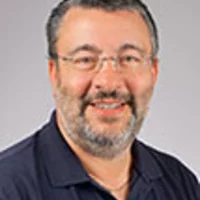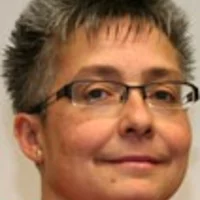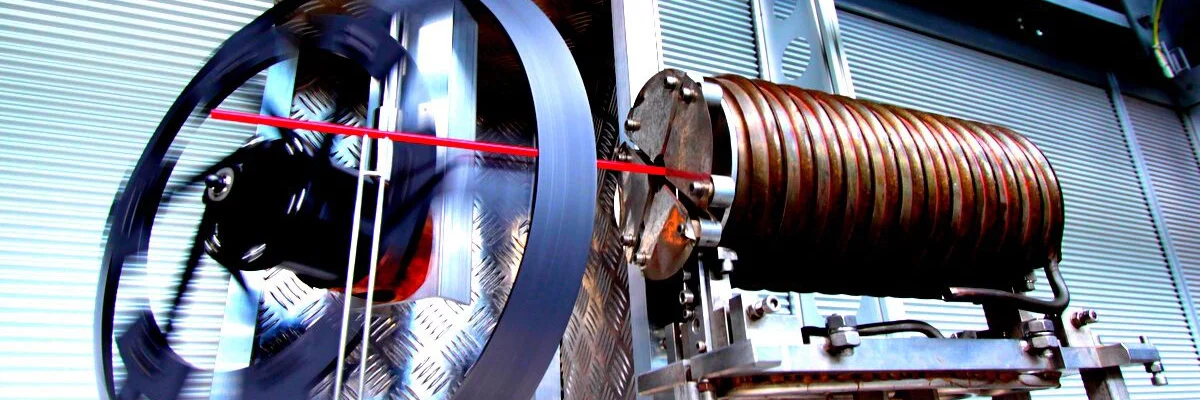Physics Goals
The Standard Model of Particle Physics (SM) has been proven to be extremely successful in the past. Many questions are however still unanswered, such as the matter vs. anti-matter imbalance in the galaxies and the origin of dark matter and dark energy, which make up about 95% of the matter of the universe. The more the SM is successful, the more we have to test it to its extremes in order to find new physics beyond it. At the Muon Physics group, we follow two strategies, namely precision tests and indirect searches for new physics. Read more about our goals and experiments.
Infrastructure
In addition the Muon Physics group works on improving the current facilities to reach even higher muon rates in the order of 1010 muon stops per seconds with the HiMB Project as well as producing ultra-low energy muon beams for muonium production and surface μSR applications. This will keep PSI at the worldwide forefront of muon facilities and ensure a rich program of experimental activities.
Technical Support
The support of the Muon Physics group covers the operation of the beam lines, data acquisition and slow control of experiments, as well as detector development in collaboration with the PSI Detector Group. By using PSI standard hardware and software systems, the effort to set-up new experiments can be reduced significantly. The support covers
- Guidance and consultation in the operation of PSI's secondary beamlines PiE1, PiM1 and PiE5.
- Support for the MIDAS DAQ System which has been developed at PSI and TRIUMF.
- Support of the ELOG Electronic Logbook which has been developed at PSI.
- Consultation on DAQ hardware required for experiments, including DRS based data acquisition boards.


